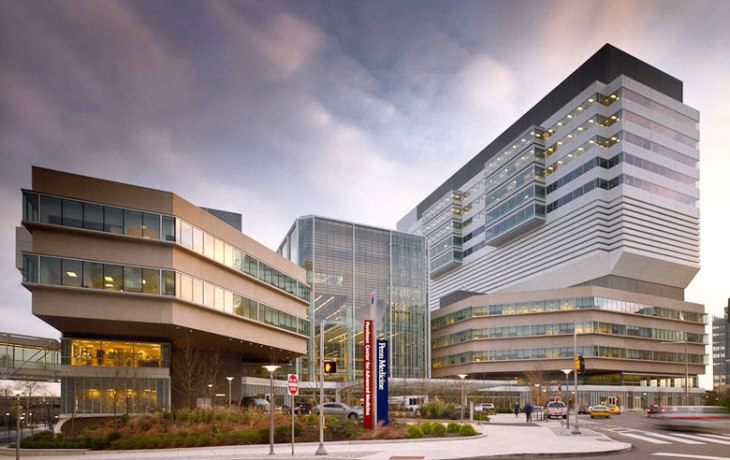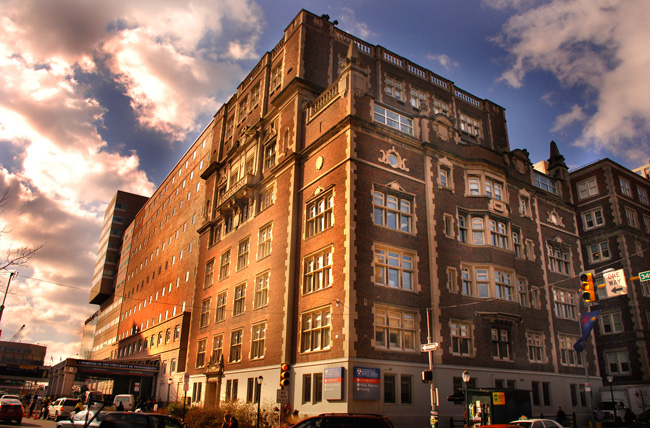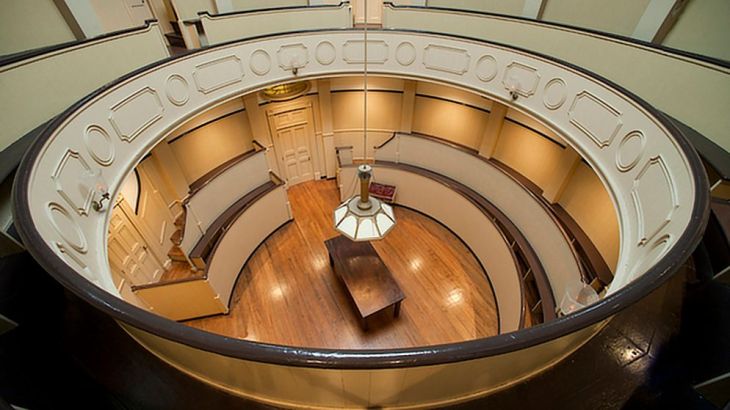
Yesterday I received an unexpected call from my brother in law.
“Hey Linda, can you tell me a little bit about kidney donation?”
“Sure, that’s funny, tomorrow is the 5 year anniversary of my donation.”
He wanted information about matching, recovery time, medication and how difficult it was on me and the recipient. A man in need of a kidney, he was seeking facts for himself and his potential donors, his sister and nephew. I thought oh, I can tell him to read my blog. The only problem with that suggestion is I’ve never posted basic questions and answers about this life-giving surgery until now.
Q: Who is this person you donated to? Are you related?
A: She is my cousin’s wife. We didn’t have to be related to match.
Q: How do they know if you’re a match?
A: There are 3 main blood tests; blood typing, tissue typing and cross-matching. Tissue testing is done for antigens and cross matching mixes the recipient’s blood and cells from the donor to see if the recipient doesn’t have antibodies that want to kill the donor’s cells. I’m O-positive, a universal donor, so my blood is compatible with all blood types.
Q: What other kinds of tests did you have to take?
A: Besides bloodwork, there was a 24 hour urine collection, chest x-ray, EKG, abdominal/pelvic x-ray and numerous psychological evaluations. I was even part of a research study about a donor’s perceptions of risks and benefits.
Q: How long did all the testing take?
A: I don’t have all of the details written down on my calendar (like Brett Cavanaugh) but I heard about the need for a kidney at the end of February 2015. I’m not sure how long I mulled around with idea, but by April 3, a Good Friday indeed, we got word that we matched. In May, I flew to Philadelphia to go through most of the tests I mentioned and the surgery was on July 21st, 2015.
Q: How many days were you in the hospital?
A: Surgery was early Tuesday morning and on Saturday I was checking into the Transplant House, Penn Medicine’s guest house, where I joined my boyfriend, my cousin and the recipient who got out a day earlier than me. We lovingly called it, “the halfway house.” I was there for 1 night before staying at my cousin’s house for about 10 days before I flew home. My first and only time flying first class.
Q: How long were you out of work?
A: 1 month. Luckily, I had sick time to cover it and of course I took FMLA.
Q: Do you have to take any medicine?
A: Nope! But the recipient has to take anti-rejection medicine.
Q: Are you restricted from any food/alcohol/caffeine/medications?
A: The only thing I need to be careful of is non-steroidals (NSAIDS) Motrin, Advil etc. Also, the transplant team does not recommend any herbal supplements due to the lack of safety data. Otherwise, I am free to to eat, drink and be merry.
Q: Was it painful and how long before you returned to normal activities?
A: There are 2 types of surgeries: laparoscopic and open. Most surgeries are laparoscopic, which involves a few incisions and a camera. This method is less painful, the surgery time is 2-3 hours and people recover quicker. However due to my renal anatomy (too many veins/arteries) I had to have an open more invasive nephrectomy (kidney removal). The surgery lasted about 4 hours. It was a bit more painful but all in all I recovered pretty quickly. I went to a “concert in the park” 10 days after I came home and I started back with my lunchtime walks when I returned to work. Running didn’t feel good for a long time because of the bouncing and the idea of a hula hoop still makes me say, “ouch.”
Q: Who pays for the donor’s surgery?
A: All the costs including testing, evaluation and surgery are paid for by the recipient’s health insurance. I received some help for travel expenses from “Living donor assistance” and there was a Gofundme page set up to offset the sick leave and other expenses.
Q: Why do we have 2 kidneys?
A: So we can share our spare! A transplanted kidney can do 40-85% of the work of 2 working kidneys. A kidney from a living donor starts to work right away. Cadaver kidneys take longer to start working sometimes 2-4 weeks. Kidneys from a living donor work better and last longer than one from a deceased donor.
I was happy to answer his questions and Maureen and I are open to answer any others you may have about giving the gift of life. Please feel free to reach out anytime.



